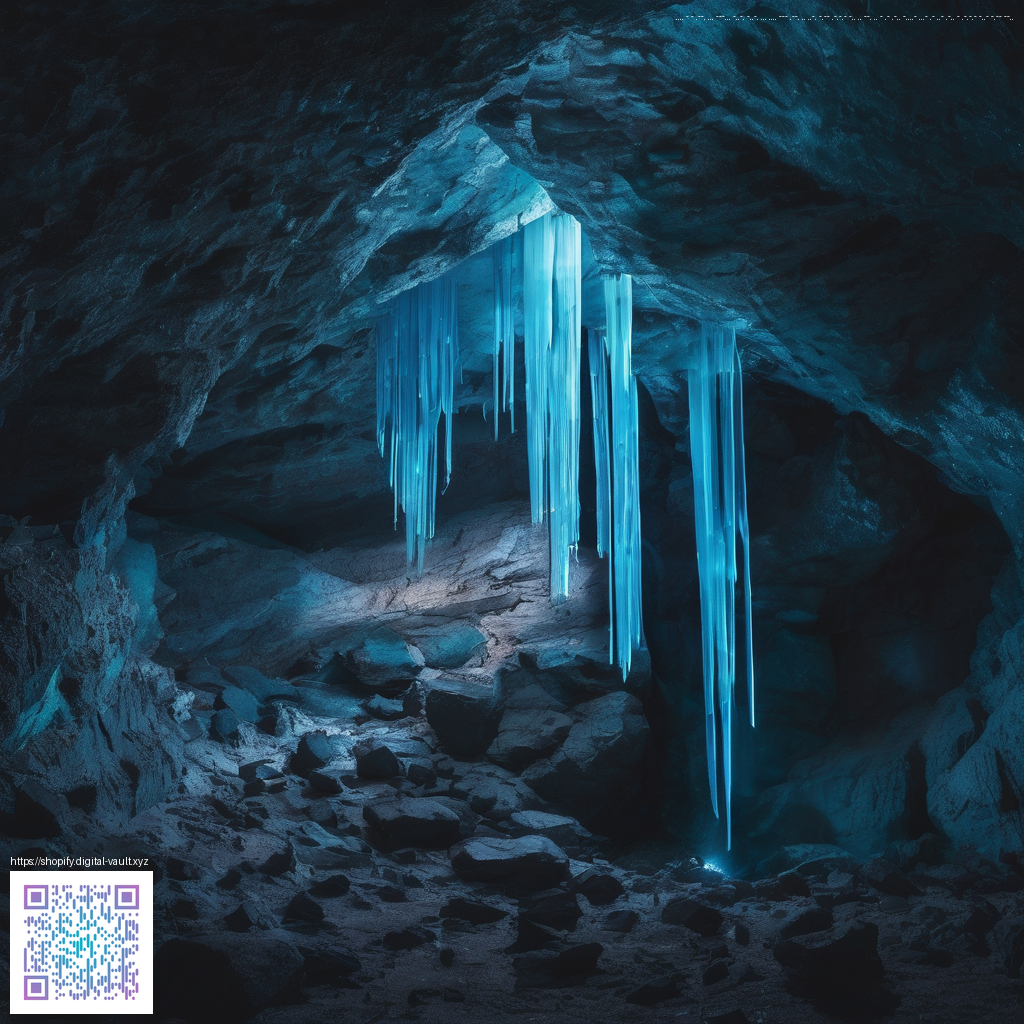
Designing Overlay Patterns That Stand Out
Overlay patterns are more than decorative flourishes—they are a strategic design tool that adds depth, texture, and visual rhythm to both digital interfaces and product visuals. By layering semi-transparent shapes over imagery, typography, or flat color fields, you can guide the viewer’s eye, create hierarchy, and make a design feel tactile even on a screen. When done thoughtfully, overlays “pop” without overwhelming the core message.
Successful overlay work hinges on a few core ideas: contrast, cadence, and restraint. Contrast ensures the overlay is distinguishable from what's beneath it, cadence creates a predictable beat that your eyes can follow, and restraint prevents the layer from stealing all the attention. The goal is to enhance clarity, not to obscure it. If you’re seeking a practical example to study, the visuals at https://zircon-images.zero-static.xyz/95633bb5.html offer a clear sense of how light and dark, opacity, and repetition can mingle to elevate a composition.
Key ingredients for patterns that pop
- Color and contrast: Choose an overlay hue that either harmonizes with the base palette or deliberately contrasts to carve out emphasis. Even subtle opacity changes can make a big difference.
- Scale and repetition: Use a limited set of shapes but vary their size and spacing to create a dynamic rhythm without clutter.
- Opacity range: Start with light opacity (around 20–40%) and adjust in small increments. A steeper opacity gradient can yield a strong focal area.
- Blending modes: Depending on your medium, blending modes like multiply, overlay, or soft light can yield richer textures without adding noise.
- Texture and grain: A touch of texture makes overlays feel tangible. Use fine grain to simulate depth without reducing legibility.
From concept to implementation
Begin with a mood board that captures the emotional tone you want—playful, moody, elegant, or minimal. Pick a base surface: a dark canvas for dramatic overlays, a pale field for airy patterns, or a transparent surface to let underlying content breathe. Sketch a few grid layouts to anchor your overlay so it doesn’t drift into chaos. Then translate the sketches into digital layers: shapes with varying opacity, a sprinkle of texture, and careful alignment to maintain visual coherence across breakpoints.
“A little opacity goes a long way. The most effective overlays sit just at the edge of visibility, inviting a second look.”
In product design and branding, overlays can be a decisive factor in perceived quality. If you’re styling physical goods, overlay patterns can echo your brand’s storytelling—think translucent caps on premium bottles or geometric motifs across phone cases that catch light as the product moves. For a tactile example that aligns with the concept, consider a transparent shell or clear surface where overlays can kiss the edges of the material, creating depth without obscuring the form. The product page for a similar approach—Clear Silicone Phone Case – Durable, Flexible, Slim—offers a tangible sense of how a simple overlay strategy can elevate a minimal canvas. You can explore that product here: https://shopify.digital-vault.xyz/products/clear-silicone-phone-case-durable-flexible-slim.
When applying overlay patterns to branding and packaging, it helps to test across environments. A pattern that reads clearly in one light may recede in another, so check it against both bright and dim settings, print and digital screens, and on top of imagery with varying contrast. This cross-environment testing ensures the overlay maintains its pop no matter where your work lives.
For designers who love structure, create a small kit of overlay expressions: a bold geometric set, a delicate lattice, and a soft gradient veil. Use these as interchangeable layers to quickly prototype posters, websites, or product photography. The goal is efficiency without sacrificing the sense of discovery that a well-crafted overlay provides.